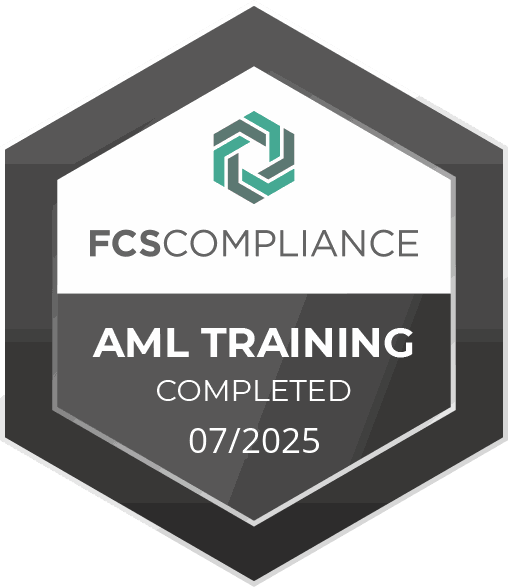Charlotte Winifred Guérard’s monumental abstractions seem a lyrical response to the natural world, aqueous expanses of pigment and pattern form oceanic cartographies of colour across paper and canvas. For the artist, mark making in painting entails a contract of sorts, allowing her to expand on the variations of painterly language as part of a “constant pursuit for tension and symbiosis.”
The artist shares: “Movements and gestures act as a dance throughout the process of making the paintings.” Indeed, many of these large format works are composed with diluted paint cast rapidly across the surface in an intuitive and spontaneous process while other pieces build from preparatory work, reflecting the artist’s interest in introducing themes of philosophy. In each canvas we see a play between alternating opaque and translucent expanses of colour, volumetric mark making coming together to create a liberation of painterly language.
Guérard shares that her interests centre around “gesture, materiality, and colour as an expression of my quotidian emotional responses to life. Taking inspiration from artists such as Joan Mitchell, Willem de Kooning, Peter Lanyon, Amy Sillman or Helen Frankenthaler, my practice is rooted in the influences of the American Abstract Expressionists and British abstraction.” Interestingly, Guérard’s new way of working began when she saw for the first time Abstract Expressionist art at the Royal Academy in 2016, her outlook transformed by the experience of abstraction on a grand scale.
For many artists, abstraction is an act of creation in the purest most undistilled form, while for others it is an expression of spirituality, emotion, a composition of dance or music, for others still it is the means of creating that which is unseeable, the spiritual, the mystic and the religious. For Guérard, these threads are woven together, unravelling into expression that loosens and lays bare emotion, ideas, reflection and impression. In this she achieves a tension between form and reduction. “I see abstraction as extracting aspects of a state of being and translating them into a visual or physical way. In this sense, some aspect of my practice acts as visual diary where the mundane of my quotidian life is expressed through colours and materials, therefore enhanced in meaning and value.”
Rosa JH Berland




